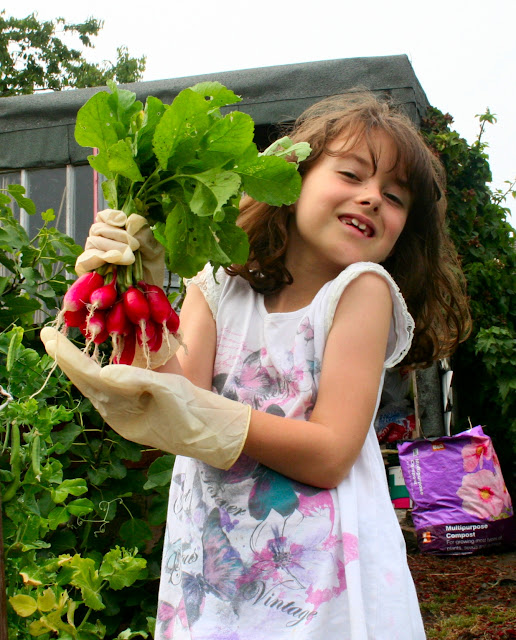ALLOTMENT LIFE
The
brilliant summer has allowed a lot of crops to almost catch up on the late
season with quality at its maximum. This will be seen with the fresh garden
produce on display for sale at our City Road Gardens Open Day tomorrow 4th
August from 11am to 3pm.
Our Cafe
on site will offering plenty fresh home baking and there will be plenty of
plants and garden produce for sale.
Another
benefit from the long summer has been an upsurge in interest in people wanting
to get an outdoor gardening activity and putting their name down on our allotment
waiting list. The Open Day allows new gardening enthusiasts to wander around
our site and see what allotment life is like.
People
will see a very wide range of plants grown from fruit and vegetables to flowers,
grapes apples, figs, sweet corn, courgettes, peppers, saskatoons and many other
unusual plants.
There is
always a fair bit of turnover of tenants on plots. Many people love the idea of
working outdoors with nature, growing a few healthy plants to eat, and then
relaxing on the patio enjoying the sunshine. However weeds will not stop
growing in between rows of plants and along the paths. Fences rot and fall
over, sheds start to leak or get vandalised, and when crops are successful,
they have to be harvested, cleaned, and cooked or stored. Few people realise
just how much hard graft is required to keep the plot clean and productive, so
the moments of pure bliss in the sunshine are often short lived.
An
allotment is hard to maintain, but very rewarding when the crops come in.
It is
always best to go for a smaller plot at the beginning to see how it can be
managed, then for the young family with volunteer helpers needing more land to
cultivate they can always request the next available larger plot.
The average
plot will need attention of someone for a few hours at least three times every
week. Anything less than that will mean the weeds will take over or the dedicated
gardener is really brilliant at his job.
Modern allotments
We are
well past the times when allotments were necessary to feed the population, and
people were quite poor so growing your own vegetables and fruit was very
economic.
There are
a lot of families living in flats with no garden, so it is quite normal for
allotments to be used as a recreational garden. It can be a place to relax in
the sun, once you are up to date with cultivations, or sit out on your own wee
bit of lawn, or patio next to your shed. A shared barbeque with your fellow
plot holders can be very sociable, and leaning over the fence to chat with your
neighbour is very popular as there are plenty of neighbours. They all want to
know what you are growing, and how you manage to grow great crops with the “No
Digging” technique. This idea could prove to be a winner as it cuts down on a
lot of hard graft.
Visitors
to the Open Day should ask about this method and check out the results.
Allotments
are also a great place to bring the kids to teach them about nature. Give them
their own wee patch and start them off with some sunflowers, a pumpkin, a wee
row of peas or a strawberry plant. They love watering and eating the berries,
but most are not really big into weeding or digging, and it will take time for
them to develop a taste for healthy vegetables but persevere as they are the
future gardeners.
Allotments
also play a part in local community life. Several of our plots left to go wild
when it got too much for the plot holders, were brought back into shape with
the help of Community Pay Back Scheme using young male offenders doing work for
the community.
They
really did a great job for us.
Another
scheme run by Dr. Bernardo’s uses one plot to assist young kids from 18 to 25
with learning needs to educate them in horticulture.
Gardeners
often suffer from back problems as they get older so our committee is trying to
address this problem by providing a plot designed with raised beds so access is
easy without the need for continual back bending. However we are hoping that
some charitable person or company can help with the supply of suitable timber
for the construction.
This plot
will then always be retained for a keen gardener with a bad back.
Plant of the week
French marigolds are an annual half hardy summer
flowering bedding plant with lemon, yellow and orange flowers. Seed is sown in
March, pricked out into cellular trays then planted out into beds, troughs,
hanging baskets and tubs. They are often part of a mixed display with
geraniums, petunias and lobelia. Although they only last for one year they are
very bright and colourful.
END



No comments:
Post a Comment